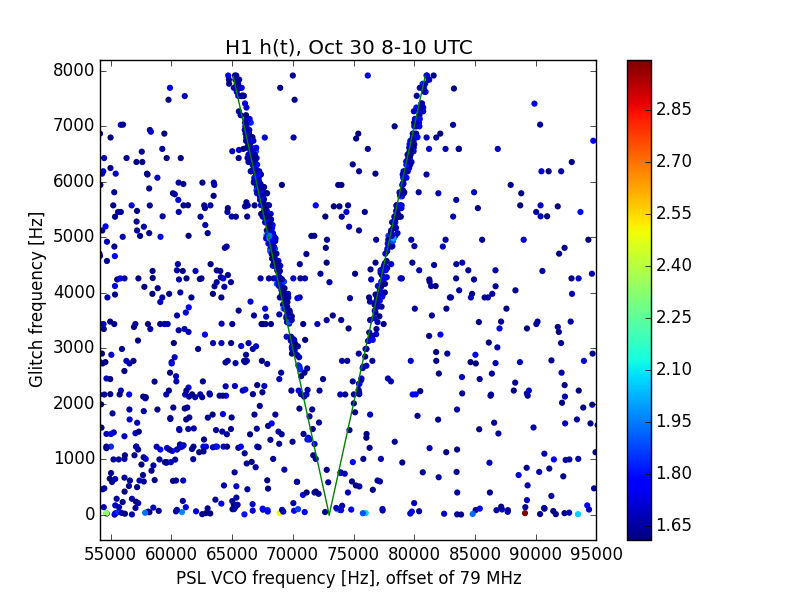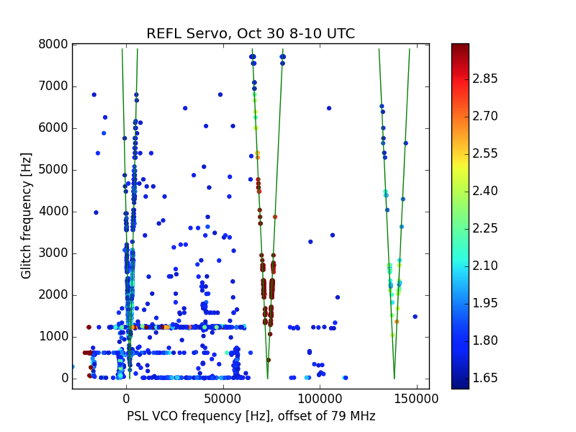ECR E1500428
II 1149
WP 5587
BrianL RichardM DaveB JeffK Hugh
With Email Approval of the ECR from PeterF and Code Testing Completed at Stanford by BTL & Hugo (T1500555) we implemented this change at LHO today.
See T1500555 for details of the change with before & after model views and testing output.
First we Power cycled the coil drivers, bio chassis, and the FE computer for ITMY. This is an attempt to reset/clear who knows what might be causing the occassional glitching of that platform that is noted in Integration Issue 1149.
Next after retreaving the new isi2stagemaster.mdl from the svn and making/installing the new model, the ITMY was restarted. We did further testing by unplugging the Bio cable from the Coil Driver and confirmed the watchdog would not trip unless the signal was low for 10 seconds.
Then all BSC ISIs were made safe and all restarted after recompiling the model.














Later today, we confirmed that the ISC_LOCK guardian behaved as intended -- it displayed the messages when the ISS failed in the engagement. Also there were a few minor typos which are now fixed. The guardian code is checked into the SVN.